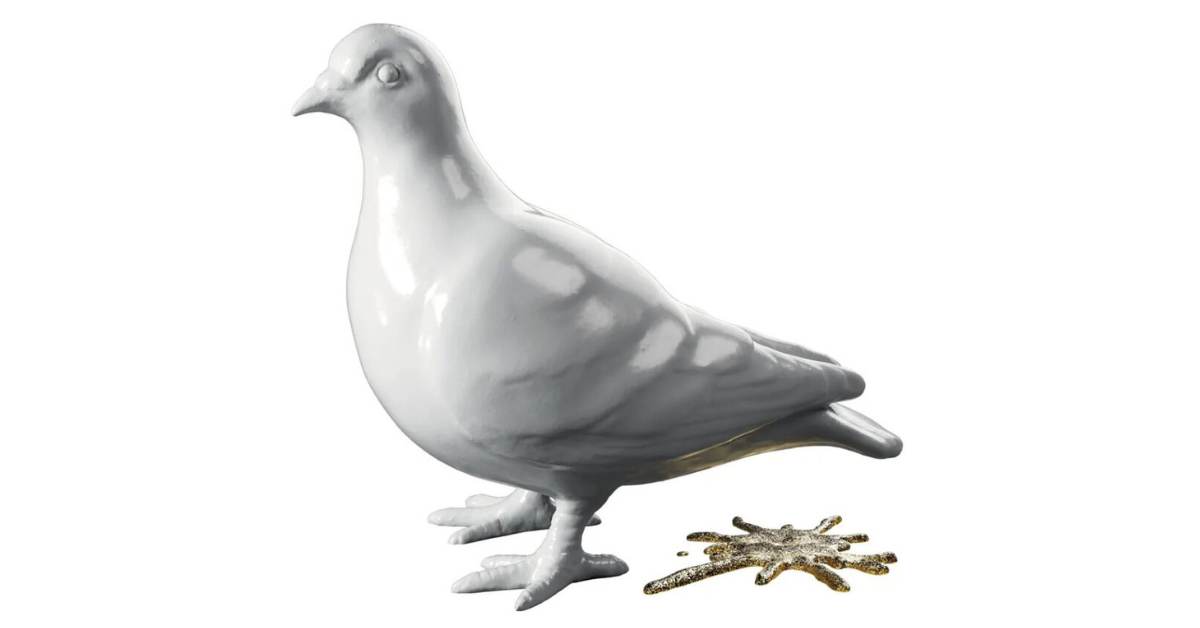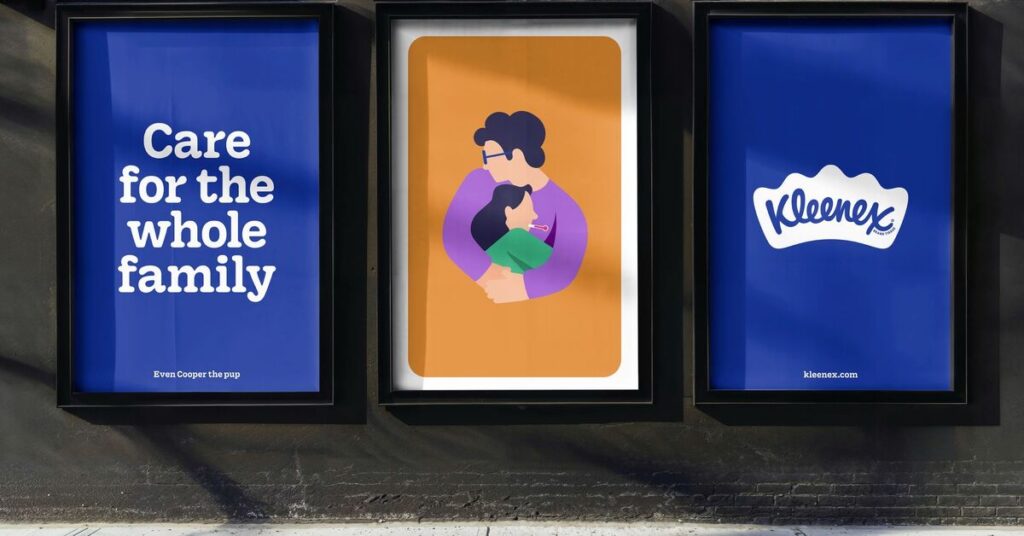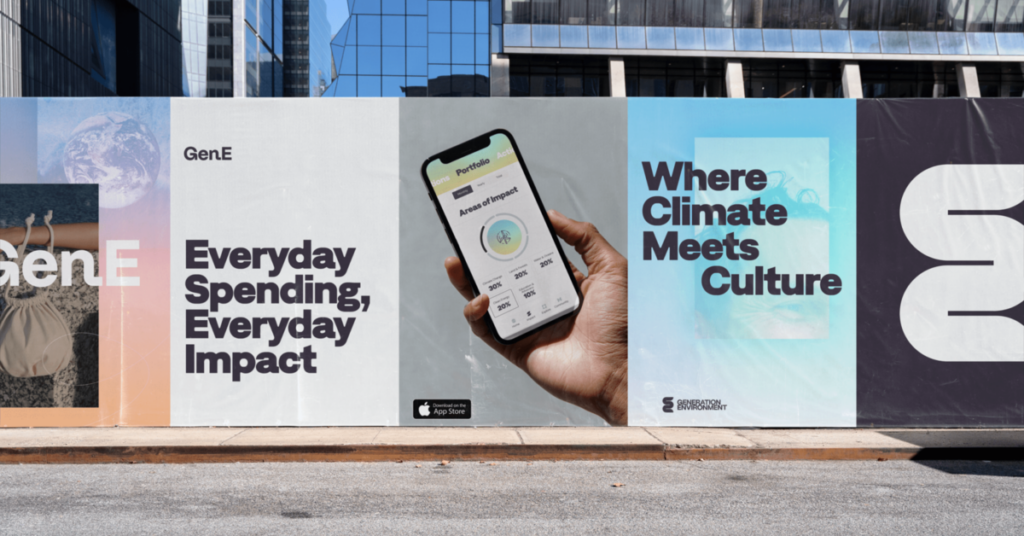Museum of London is now ‘London Museum’ and is set to relocate to Smithfield Market under a £437 million project. It also boasts a new website and quirky new pigeon logo with a gold poo splat. The museum worked with Uncommon Creative Studio for the rebrand.
It also reached out to the people of London and tourists for an insight into the brand evolution. The museum said Londoners wanted them to address big issues, be grounded in the realities of city life, and put on entertaining and thought-provoking programming. It got to know how unpopular its logo. This gave rise to London Museum.

Sharon Ament, Director of the London Museum, said the pigeon symbolizes the brand as an impartial and humble observer of London life. “A good logo gets people talking,” she explained. “Our pigeon, cast from London clay, and its splat, rendered in glitter, prompt people to reconsider London. The pigeon and splat speak to a historic place full of dualities, a place where the grit and the glitter have existed side by side for millennia.”
Nils Leonard, co-founder at Uncommon Creative Studio, said they wanted more than a new identity for the museum. The studio wanted to find a new icon for the city of London, something honest and remarkable. “We wanted the pigeon to also become a reflection of the diversity and constantly changing beauty of the city,” Leonard said. “So we designed it as a blank canvas that could mirror the influencers, identities, ideas or events shaping London.” The studio also created a new body language for the museum – a scrawled typographic approach and a bold new icon.

Josh Green, Head of Design at the London Museum, boasted the new brand as characterful and distinctive. It communicates something important about London. Green believes that over time people will recognize the pigeon and splat as signifiers of the London Museum and everything it stands for.
It should be noted that the museum was initially called the London Museum before the 1976 merger with Guildhall Museum to become the Museum of London. And now it’s back to London Museum.
Also Read: Galadari Brothers Embarks into the New Era with Rebranding – A First in Over 40 Years



